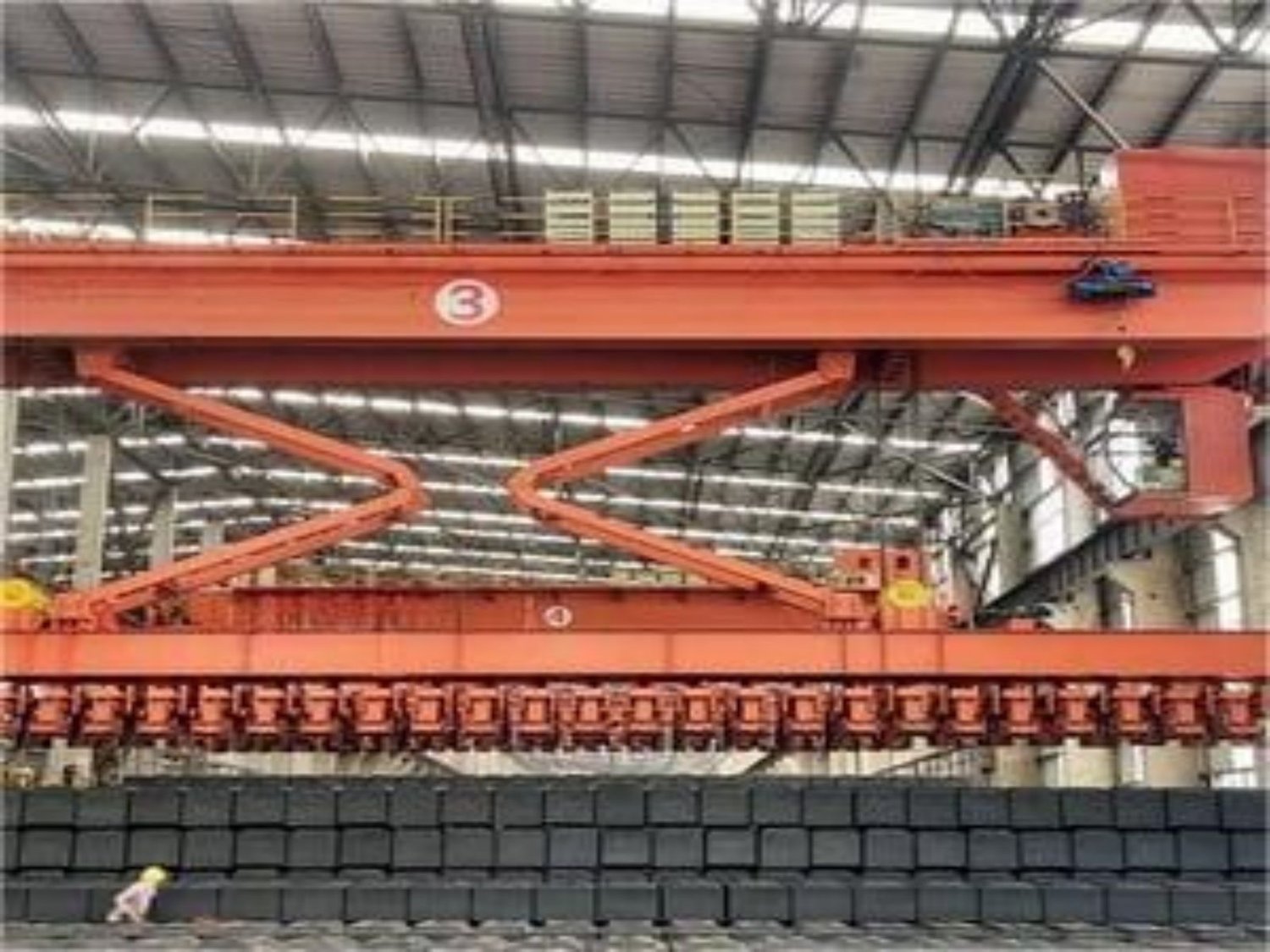Table of Contents

Rising Above Limits: The Evolution of Stacking Cranes in Industry
In the ever-evolving field of construction and industrial operations, the use of stacking cranes has become increasingly prevalent. These powerful machines have revolutionized the way materials are moved and organized on job sites, allowing for greater efficiency and productivity. Over the years, stacking cranes have undergone significant advancements in design and functionality, enabling them to rise above the limits that once constrained their capabilities. In this article, we will explore the evolution of stacking cranes in the industry, highlighting the key developments and their impact on modern-day construction and logistics.
1. The Birth of Stacking Cranes
The concept of stacking cranes dates back to ancient times when humans first sought ways to lift heavy objects. The earliest known form of a crane was developed by the Ancient Greeks in the 6th century BC. These early cranes consisted of a simple wooden beam called a jib, with ropes and pulleys used to lift and lower loads. While their design was rudimentary compared to modern-day cranes, these early machines laid the foundation for the development of more sophisticated stacking cranes.
2. Advancements in Power Systems
One of the major milestones in the evolution of stacking cranes was the introduction of power systems to replace manual labor. The advent of steam power in the 18th century brought about a significant shift in crane technology. Steam-powered cranes, also known as steam derricks, were capable of lifting heavier loads with greater ease and efficiency. This innovation paved the way for the widespread use of cranes in construction and industrial settings.
3. Hydraulic and Electric Cranes
In the early 20th century, hydraulic and electric cranes emerged as the next major breakthrough in stacking crane technology. Hydraulic cranes utilized fluid power to lift and lower loads, offering enhanced precision and control. Meanwhile, electric cranes harnessed the power of electricity, providing quieter and more environmentally friendly alternatives to their predecessors. These advancements in power systems further expanded the capabilities of stacking cranes and made them more versatile in various applications.
4. The Rise of Mobile Stacking Cranes
As construction and logistics operations became more complex, the need for mobile stacking cranes became apparent. Traditional cranes were often stationary, limiting their reach and efficiency. The development of mobile stacking cranes revolutionized the industry, allowing for easy transportation and deployment on job sites. These cranes were equipped with wheels or tracks, enabling them to move freely and handle materials in multiple locations, thus increasing productivity and reducing downtime.
5. Integration of Automation
With the advancement of technology, stacking cranes have embraced automation to further improve efficiency and safety. Automated stacking cranes (ASCs) have become increasingly popular in container terminals and warehouses, where they are used for the precise and rapid movement of shipping containers. These cranes are equipped with sophisticated computer systems and sensors that enable them to operate autonomously, minimizing the risk of human error and optimizing productivity.
6. Advancements in Load Capacity
Another significant aspect of the evolution of stacking cranes is the continuous increase in load capacity. Modern cranes are designed to handle much heavier loads compared to their predecessors. This increase in load capacity has been made possible through the use of stronger materials, improved structural design, and more advanced lifting mechanisms. The ability to lift heavier loads has greatly enhanced the efficiency and productivity of stacking cranes in various industries.
7. Enhanced Safety Features
As stacking cranes have become more powerful and complex, safety has become a paramount concern. Manufacturers have made significant efforts to enhance the safety features of these machines to protect both operators and the surrounding environment. Anti-collision systems, advanced warning sensors, and real-time monitoring technologies are just a few examples of the safety features that have been incorporated into modern stacking cranes. These advancements have significantly reduced the risk of accidents and improved overall job site safety.
8. Integration of Telematics and Data Analytics
The integration of telematics and data analytics has brought about a new era for stacking cranes. By collecting and analyzing real-time data, operators can gain valuable insights into the performance and condition of their cranes. This allows for proactive maintenance and optimization of operations, resulting in increased uptime and reduced costs. Telematics and data analytics have also facilitated remote monitoring and control of stacking cranes, enabling operators to make informed decisions and respond quickly to changing job site conditions.
9. Environmental Considerations
In recent years, there has been a growing emphasis on sustainability and environmental responsibility in the construction and industrial sectors. Stacking crane manufacturers have responded to this demand by developing eco-friendly models that minimize energy consumption and reduce emissions. Electric and hybrid stacking cranes have gained popularity as they offer cleaner alternatives to traditional diesel-powered cranes. These environmentally conscious designs help industries meet their sustainability goals while maintaining high productivity levels.
10. The Future of Stacking Cranes
Looking ahead, the evolution of stacking cranes shows no signs of slowing down. Emerging technologies such as artificial intelligence, robotics, and advanced materials hold the potential to further revolutionize the industry. Smart stacking cranes equipped with AI algorithms and autonomous capabilities could significantly enhance efficiency, safety, and productivity. Additionally, advancements in material science could lead to the development of even stronger and lighter cranes, pushing the limits of load capacity and reach. The future of stacking cranes is undoubtedly exciting, promising a new era of construction and logistics capabilities.
